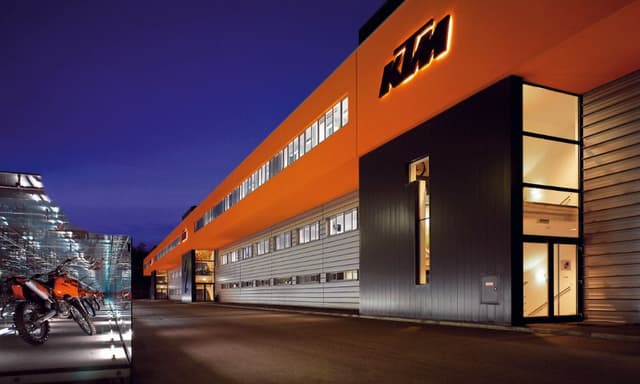What is an Intercooler? What Are Its Different Types?

Highlights
The intercooler, like an air conditioning unit, heats up as pressurized air passes through, thereby cooling down the air before it enters the engine. This lower temperature air has greater density and thus allows for more oxygen molecules to be packed into a given volume, resulting in more power from each combustion cycle
What is an Intercooler?
An intercooler is a component that is used in most Automobiles(cars, trucks, and even buses). It is used to cool the air coming out of the engine before it enters into the intake manifold. It works by taking hot air out of the engine and cooling it down.
This reduces the temperature of the air so it can be put back into the engine without causing damage to any parts inside. This allows for increased efficiency because less energy is wasted on heat transfer.
There are several different types available but most people choose between two different types: air-to-air or water/liquid cooled versions depending on what kind of vehicle they want to install one on (this will be explained below).
1. Air-to-Air (or Cold Air) Intercooler
This type of intercooler uses ambient air as its cooling medium. The intake manifold draws in the coldest air available, which means that this type of system requires large volumes of air to function properly. This is why you often see them mounted in front of grilles or on top of hoods (on multiple vehicles). They're also often found on drag race cars because they have no restrictions on airflow like other systems do.
These types require more space than other types and they require ducting or piping to connect to the intake manifold or throttle body (depending on your vehicle).
Air-to-air intercoolers are typically less expensive than air-to-Liquid units, but they require more maintenance due to dust buildup around the fins that can block airflow. It is most commonly used in turbochargers, although it can also be used in superchargers or other compressors.

Photo Credit: pixabay.com
2. Air-to-Liquid/Water Intercooler
Air-to-liquid intercoolers are similar to air-to-air intercoolers in many ways. Both types of intercoolers use heat exchange to remove heat from incoming air and cool it down before it enters the engine.
However, unlike air-to-air intercoolers, which rely on ambient air for cooling and only need a fan to move this air around, air-to-liquid systems require pumps and other mechanical parts to circulate water through them.
Air-to-liquid intercoolers are made up of a series of tubes filled with coolant that run through the engine's radiator. The tubes are connected to a tank that fills with water and stores coolant when the car is running, then releases it into the tubes when needed.
The water absorbs heat from the air passing through the tubes and transfers it to itself. This coolant is then pumped back into the tank until it needs to be used again. Air-to-water intercoolers have no moving parts, so they're easy to maintain—but they're also more expensive than their air-to-air counterparts.
In addition to this, there is also a third intercooler type called “Liquid-to-liquid” intercoolers, which are not widely used because of their limitations.
A liquid-to-liquid intercooler is a type of intercooler that uses liquid to cool the air that passes through it. The liquid inside the intercooler is pumped through tubes and then sprayed into a chamber where it evaporates, taking heat with it. The resulting cooler air is then pumped back into the car's engine.
There are two main disadvantages of using a liquid-to-liquid intercooler:
1) They are more expensive than other types of intercoolers because they use specialized tubing and hoses made from exotic materials like aluminum or stainless steel.
2) They're harder to install than other types of intercoolers because they require additional parts like coolant pumps and pressure regulators.














